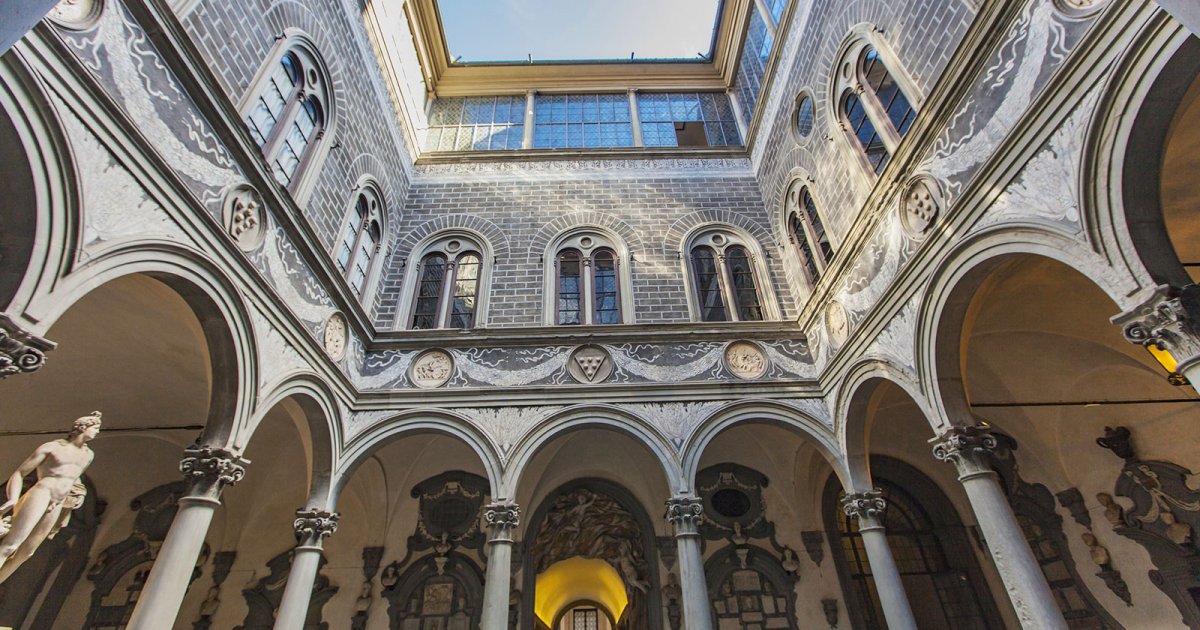PALAZZO MEDICI, Building
 Language: English / USA
Language: English / USA
Hi, I'm James, your personal guide. Together with MyWoWo, I'd like to welcome you to one of the wonders of the world.
Today I'll accompany you through Palazzo Medici Riccardi, which is one of the most fascinating places in Florence!
In this 15th-century monument located between the ancient via Larga (via Cavour today) and Piazza del Duomo, or Cathedral Square, you can still feel the presence of the family's great members. The palace is near two churches that the Medici family had close bonds with: San Lorenzo, which is their burial site, and the convent of San Marco.
Palazzo Medici Riccardi began construction in the first half of the 15th century and was the fundamental model for the aristocratic palaces of 1400s: other families, such as the Pitti, Strozzi and Rucellai families had their palaces built while constantly comparing them with this prestigious example. Its name also comes from the Riccardi family, who bought it in the sixteenth century and made many Baroque modifications to the palace, including an important library. It was then bought in the 1800s by the Lorena family. Today you can visit part of the palace, while the rest is used for public offices.
As you can see, the façade is quite varied: it's coated with rough stones on the ground floor, square stones on the first floor, and smooth stones on the second floor, with a progressive transition that passes from conveying a sense of security to one of refined residential elegance, as can be seen in the beautiful arched windows with double openings.
The entire lower part of the façade has a stone bench, which in a sense symbolizes the hospitable attitude of the Medici family. Do you see the windows with triangles resting on shelves above them? They have been attributed to no less than Michelangelo.
Look how elegant the courtyard is, with its slender columns with capitals topped with foliage and festoon and medallion decorations. The ornamental compositions of fragments, bas-reliefs, and Roman tombstones that you see below the galleries come from Riccardi's collections. Passing in front of a beautiful sixteenth-century statue, you'll reach the walled garden. The ancient statues and the vases of plants remind us that Lorenzo the Magnificent was a passionate collector of art and archaeology.
FUN FACT: up until the flood of 1966, the palace housed a historic museum about the Medici family with rather impressive objects, such as Lorenzo the Magnificent's teeth and Giuliano's bloody jacket from when he was stabbed in the Pazzi family conspiracy at the end of the 1400s.



